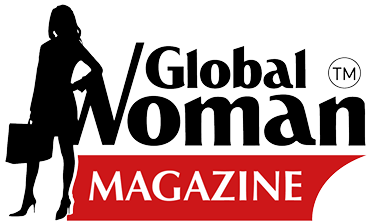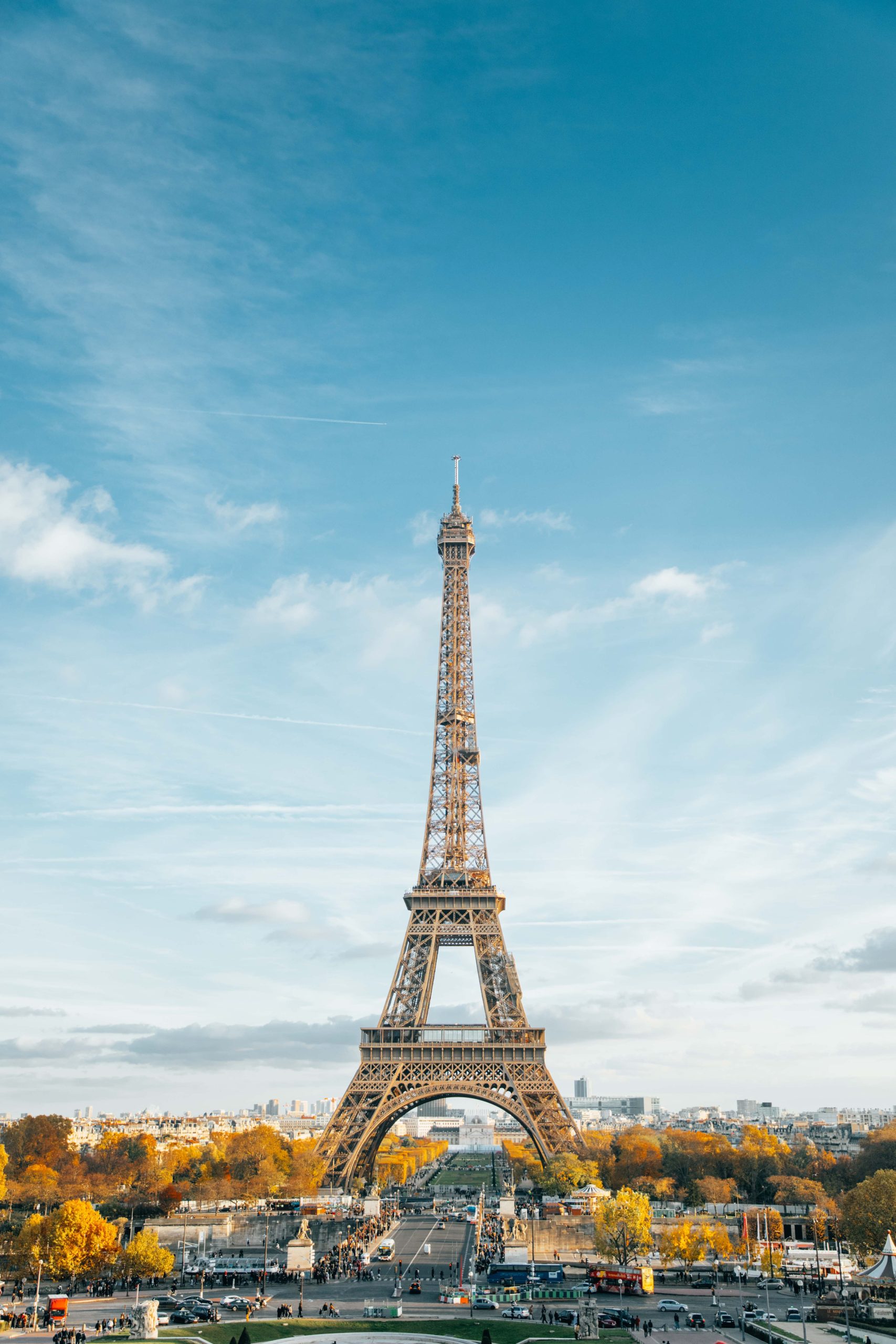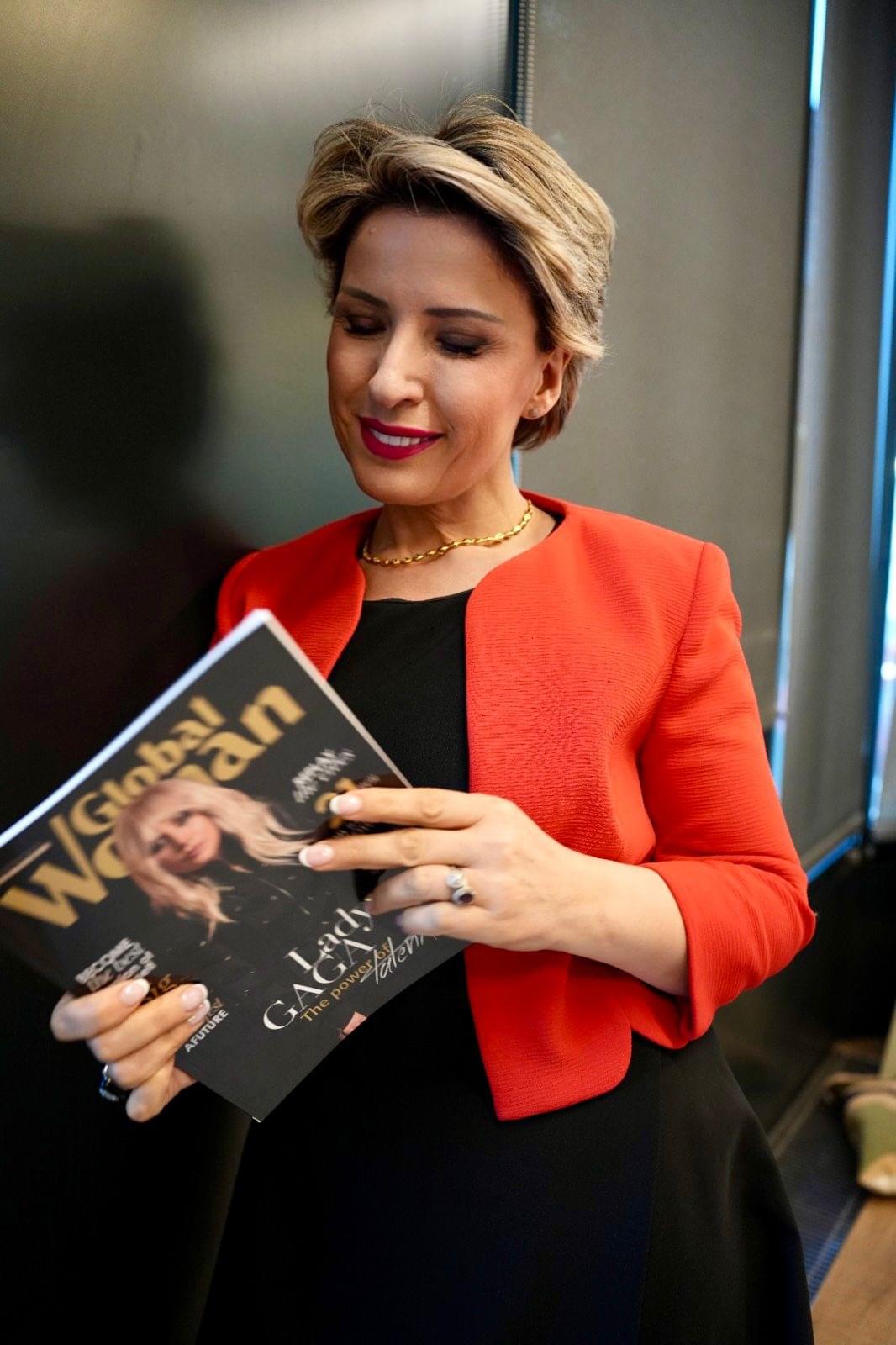16 hallmarks of Consciousness – Ervin Laszlo
Dr Ervin Laszlo
The Lived Consciousness of Oneness: The New Paradigm
We are approaching a critical tipping point of human life on this planet. Our future is at stake: the destiny of the biosphere’s grand experiment with a species capable of consciousness. Such a species not only experiences the world, it also experiences itself in the world. And it can make a fateful mistake: it can conceive of itself as separate from the world.
This mistake puts the entire experiment with a conscious species at risk. It puts at risk not only the species that embodies the experiment, but the whole web of life in which the experiment takes place.
A conscious species can make the fateful mistake of separateness, the mistake known as “duality.” But it can also rectify that mistake and recover its fundamental unity. Herein lies the crux of the problem, and also the crux of its solution. Humankind has lost the instinctive, intuitive oneness in which other species are embedded. It cannot go back to its instinctive, intuitive oneness because a higher level of consciousness, once evolved, cannot be put on hold: it colours everything that is experienced. The modern consciousness questions the validity of instinct and intuition; it trusts only observation and commonsense. Hence the way forward is not a return to the previous, intuitive state of oneness, but a conscious recovery of that oneness. This recovery can make use of observation and reasoning, even if the relevant kind of reasoning goes beyond the one accepted as good commonsense. This is the path through science.
Humankind has lost the instinctive, intuitive oneness in which other species are embedded
When we look at the condition of humanity in the biosphere through the lens of science, we perceive the web of life as a vast, organically interconnected and coherent system. On a closer look we see that this system has become partially incoherent. It harbours an incoherent element that disturbs and damages its intrinsic coherence: this element is the human species—a species that, some thirty or fifty thousand years ago, evolved a higher form of consciousness. The species itself—homo sapiens—is much older than this, with its origins reaching back five million years or more. But the kind of consciousness that could make the mistake of separateness came about only with the emergence of homo sapiens. It is made possible by a consciousness that distinguishes the experiencer from the experienced, and creates a radical separation between them.
In the modern world the difference is underscored by the basic if not necessarily consciously entertained belief that only the human being is a truly conscious being; other species, other things, have either a much lesser consciousness, or no consciousness at all. Acting on this belief gives rise to behaviour that damages the integrity of the web of life: it “suboptimises” this delicately balanced and strongly interconnected system, favouring one of its elements—the human—at the expense of the others. If behaviour prompted by the mistaken belief of human separateness from the rest of the world is not corrected, it will irreversibly damage and ultimate destroy the balances that ensure the persistence of higher forms of life on the planet.
Science tells us that the healthy organism is coherent, with all its parts collaborating in the task of maintaining it in the dynamic, physically improbable living state. The healthy organism is not only coherent in itself, it is also coherently related to nature. The embracing system of life on the planet is more than coherent: it is “supercoherent.” Supercoherence is the coherence of in-themselves coherent systems.
The healthy organism is not only coherent in itself, it is also coherently related to nature…
The mistaken perception of duality introduces a factor of incoherence into this supercoherent system. The species that introduces such incoherence is a kind of cancer in the web of life: it is a threat to the system of life, and thus also to itself. This peception is a typically masculine trait; women typically see the connection between all elements of the world that surrounds them without placing the importance and prevalence of one of the elements above the others.
The realisation of the objective and urgent requirement to recover our coherence with all life on the planet is a task that awaits the women of the world. It is one of the paths that permits us to recover our oneness. The other path is through spontaneous, lived experience.
Ever more people., for the greater part women, develop the sensitivity that enables them to experience our coherence and fundamental oneness.
We did not lose the ability to experience our coherence with the system of life on the planet. Ever more people., for the greater part women, develop the sensitivity that enables them to experience our coherence and fundamental oneness. They feel that they are part of a larger whole: that they belong to nature and the cosmos as one of its intrinsic, organic elements.
The typically feminine experience of oneness conduces to the insight that is now also emerging in science. It is the insight of the fundamental connection between men and women, and all forms of life on the planet.
Sixteen hallmarks of Oneness Consciousness
- I am part of the world. The world is not outside of me, and I am not outside of the world. The world is in me, and I am in the world.
- I am part of nature, and nature is part of me. I am what I am in my communication and communion with all living things. I am an irreducible and coherent whole with the web of life on the planet.
- I am part of society, and society is part of me. I am what I am in my communication and communion with my fellow humans. I am an irreducible and coherent whole with the community of humans on the planet.
- I am more than a skin-and-bone material organism: my body, and its cells and organs are manifestations of what is truly me: a self-sustaining, self-evolving dynamic system arising, persisting and evolving in interaction with everything around me.
- I am one of the highest, most evolved manifestations of the drive toward coherence and wholeness in the universe. All systems drive toward coherence and wholeness in interaction with all other systems, and my essence is this cosmic drive. It is the same essence, the same spirit that is inherent in all the things that arise and evolve in nature, whether on this planet or elsewhere in the infinite reaches of space and time.
- There are no absolute boundaries and divisions in this world, only transition points where one set of relations yields prevalence to another. In me, in this self-maintaining and self-evolving coherence- and wholeness-oriented system, the relations that integrate the cells and organs of my body are prevalent. Beyond my body other relations gain prevalence: those that drive toward coherence and wholeness in society and in nature.
- The separate identity I attach to other humans and other things is but a convenient convention that facilitates my interaction with them. My family and my community are just as much “me” as the organs of my body. My body and mind, my family and my community, are interacting and interpenetrating, variously prevalent elements in the network of relations that encompasses all things in nature and the human world.
- The whole gamut of concepts and ideas that separates my identity, or the identity of any person or community, from the identity of other persons and communities are manifestations of this convenient but arbitrary convention. There are only gradients distinguishing individuals from each other and from their environment and no real divisions and boundaries. There are no “others” in the world: we are all living systems and we are all part of each other.
- Attempting to maintain the system I know as “me” through ruthless competition with the system I know as “you” is a grave mistake: it could damage the integrity of the embracing whole that frames both your life and mine. I cannot preserve my own life and wholeness by damaging that whole, even if damaging a part of it seems to bring me short-term advantage. When I harm you, or anyone else around me, I harm myself.
- Collaboration, not competition, is the royal road to the wholeness that hallmarks healthy systems in the world. Collaboration calls for empathy and solidarity, and ultimately for love. I do not and cannot love myself if I do not love you and others around me: we are part of the same whole and so are part of each other.
- The idea of “self-defence” even of “national defence,” needs to be rethought. Patriotism if it aims to eliminate adversaries by force, and heroism even in the well-meaning execution of that aim, are mistaken aspirations. A patriot and a hero who brandishes a sword or a gun is an enemy also to himself. Every weapon intended to hurt or kill is a danger to all. Comprehension, conciliation and forgiveness are not signs of weakness; they are signs of courage.
- “The good” for me and for every person in the world is not the possession and accumulation of personal wealth. Wealth, in money or in any material resource, is but a means for maintaining myself in my environment. As exclusively mine, it commandeers part of the resources that all things need to share if they are to live and to thrive. Exclusive wealth is a threat to all people in the human community. And because I am a part of this community, in the final count it is a threat also to me, and to all who hold it.
- Beyond the sacred whole we recognise as the world in its totality, only life and its development have what philosophers call intrinsic value; all other things have merely instrumental value: value insofar as they add to or enhance intrinsic value. Material things in the world, and the energies and substances they harbour or generate, have value only if and insofar they contribute to life and wellbeing in the web of life on this Earth.
- The true measure of my accomplishment and excellence is my readiness to give. Every healthy person has pleasure in giving: it is a higher pleasure than having. I am healthy and whole when I value giving over having. Not the amount of what I give is the measure of my accomplishment and excellence, but the relation between what I give, and what my family and I need to live and to thrive.
- A community that values giving over having is a community of healthy people, oriented toward thriving through empathy, solidarity, and love among its members. Sharing enhances the community of life, while possessing and accumulating creates demarcation, invites competition, and fuels envy. The share-society is the norm for all the communities of life on the planet; the have-society is typical only of modern-day humanity, and it is an aberration.
- I acknowledge my role and responsibility in evolving a planetary consciousness in me, and by example in others around me. I have been part of the aberration of human consciousness in the modern age, and now intend to become part of the evolution that overcomes the aberration and heals the wounds inflicted by it. This is my right as well as my duty, as a conscious member of a conscious species on a precious but now critically endangered planet.






